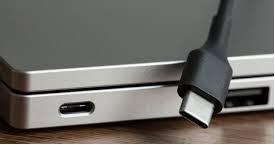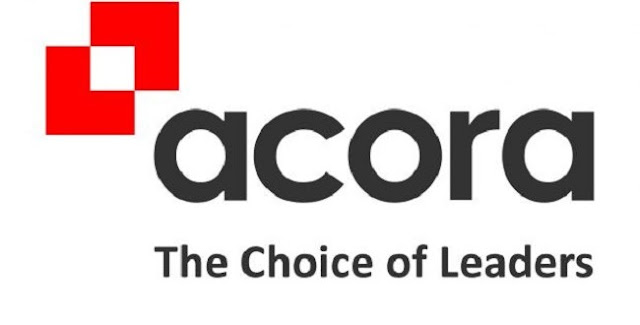USB Type-C – Reversible Design/Super-Fast Speed/High Power Output
USB Type-C is certainly the future cable, due to its reversible design together with super-fast speed and high power output. Apple as well as Google has both bet big on its normal predictable ubiquity by using it in the new MacBook as well as both of the Nexus phones. But it will still be some time before it would completely replace the usual Type-A and B connectors, which means that those who had rushed earlier would have to stock up on new cable, In other words there are quite a lot of third party cables which have not been fully tested and are likely to destroy the new device.
Fortunately, a Google engineer has been testing out possibly dangerous cables prior to purchasing them. Google’s Benson Leung works on the Chrombook Pixel line and is closely familiar with Type-C together with its requirements. Due to various devices gradually coming out which tend to support the standard, he took the initiative of holding third-party vendors liable, by reviewing their cables on Amazon stating that he had got fed up with the early cables from third party vendors which so blatantly display the specification.
Out-of-Spec Cables
There seems to be plenty out-of-spec cables but Leung’s Amazon profile indicates that there are handfuls ones which are reliable. Leung challenges this assertion as it applies to USB Type-C cables and the results are not too good. Leung who is a software engineer on the Chrome OS team and an engineer on the Chromebook Pixel as well as Pixel C team reviewed several multiple USB Type-C convertor cables.
He evaluated each of the cables manufactured by companies like CableCreation, Belkin, Frieq, iOrange, Juiced Systems, Orzly Monba, Kupx and Techmatte to find out if they met the USB group specifications. The results seemed to be mixed. The cables meeting the relevant USB-IF specifications for their respective features were Frieq, Belkin and iOrange while the rest have one of two serious issues.
CableCreation’s adapters have advertised as being 3A cables though do not cover internal circuitry capable of supporting that power level. Rather than utilising a resistor of value 56kΩ, CableCreation has used a 10kΩ pull up. The Kupx and Techmatte adapter tend to have the same problem while Monba’s adapter does not identify itself accurately at all.
Converters to Operate with Legacy Equipment
By marketing cable which have a Type-A plug on one side though a resistor which must only be utilised where there is a pure Type-C charging path, tends to risk damaging the older hardware with the out-of-spec cable. Some cables seem to be easy to test regarding functionality which may either work or not though several of them are not helpful.
Most of the USB Type-C cables which Leung tested will technically work but if it is connected to the correct hardware it may result in damaged equipment and this type of failure mode is invisible to the consumer. Users are under the impression that their chargers tend to work, unless they are presented with evidence to the contrary.If one tends to have a Chrombook Pixel of 2015 and would prefer to check if your USB Type-C cable contains the proper hardware, Leung has posted instruction on how to do the same over on Google+.
Though he is not signifying that these cables are inferior choice for anything but the Chromebook Pixel, the problem that he has recognized would be common to any hardware. It is especially important that companies need to get these issues corrected since USB Type-C naturally needs these converters to operate with legacy equipment.








